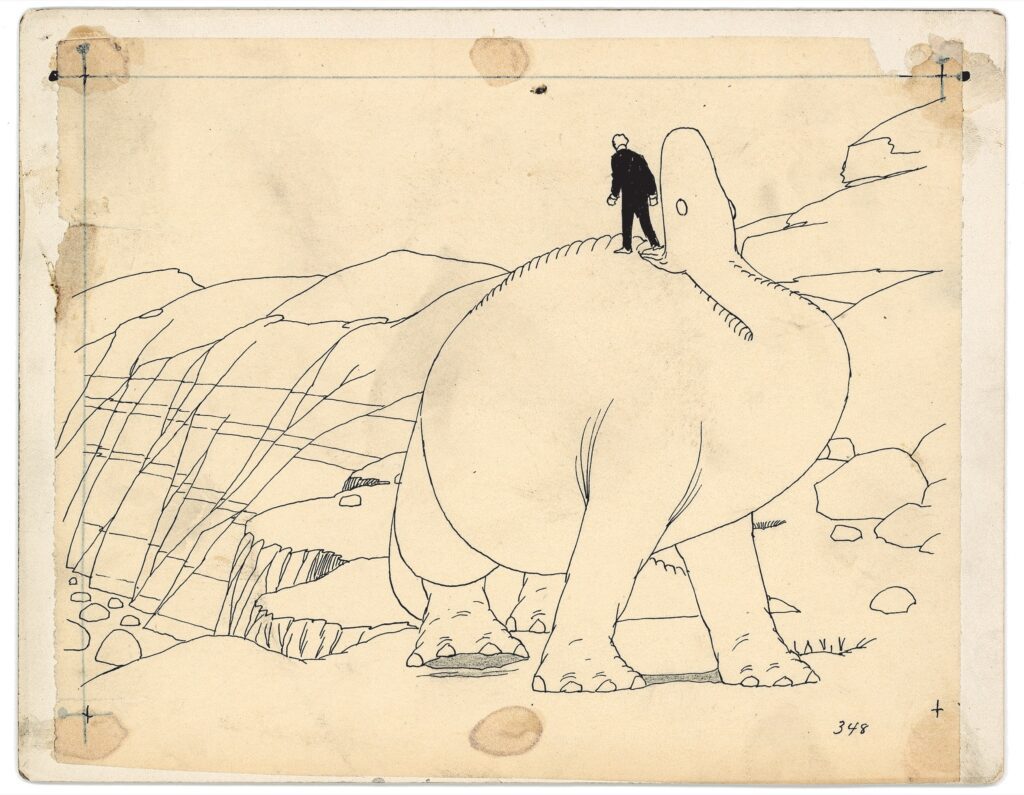Game animation involves creating digital characters and environments that bring a game to life for players. The process begins with the concept phase, followed by the pre-production phase where storyboards and animatics are created. The actual game is produced in the production phase, with the animation process beginning here. This includes multiple stages of software-supported movement creation and finishes in the quality assurance phase where bugs are discovered and corrected. The final product is produced in the post-production phase with audio design, music composition, and special effects. Game animation is a complex process that requires the skilled work of a developer team.
Animating the Imagination: A Behind-the-Scenes Look at Game Animation
Introduction
The world of game animation may seem like one of the most exciting and creative fields out there, but it is also one of the most complex and challenging. Game animation is the process of bringing digital characters and environments to life, creating a seamless and engaging experience for players. In this article, we take a behind-the-scenes look at the process of game animation, from the initial concept to the final polished product.
The Concept Phase
Before any game animation can begin, there must be a concept. The concept phase is where the game developers brainstorm ideas and come up with a general outline of the game. This includes the game’s story, characters, and environments, as well as any gameplay mechanics that will be included. Once the concept is solidified, the game development team can move on to the next phase.
The Pre-Production Phase
In the pre-production phase, the game developers begin to flesh out the concept and plan the game’s structure. This includes creating storyboards and animatics to map out the game’s visual look and feel. The animatics serve as a rough guide for the animation team to follow, showing the timing of each character’s movements, camera angles, and other visual elements.
The Production Phase
This is where the real work begins. In the production phase, the game developers start creating the actual game. This includes modelling the characters and environments, creating textures and lighting, and designing the gameplay mechanics. As the game is being built, the animation team begins the complicated process of animating the characters and bringing them to life.
The Animation Process
The animation process is complex and time-consuming. It involves multiple stages, from the initial blocking of the character’s movements to the final polish. The animation team uses advanced software and tools to create realistic movements and expressions, and to ensure that the characters are interacting with their environments seamlessly.
Quality Assurance Phase
In the quality assurance phase, the game developers test the game to identify any bugs or glitches that need to be fixed. This is an important stage, as even small bugs can ruin the player’s experience. The animation team also checks their work to ensure that the characters and environments are functioning correctly and the movements are smooth.
The Post-Production Phase
The post-production phase is where the final product comes together. This includes audio design, music composition, and special effects. The animation team works to ensure that the characters are interacting seamlessly with the sound effects and music, and that any special effects are timed perfectly.
Conclusion
Game animation is a complex and challenging process, requiring a highly skilled team of developers to bring to life. From the initial concept phase to the final post-production phase, every step in the game development process is carefully planned and executed to create a seamless and engaging player experience. With the right talent and tools, game developers can continue to innovate and create groundbreaking new games that will capture players’ imaginations for years to come.
